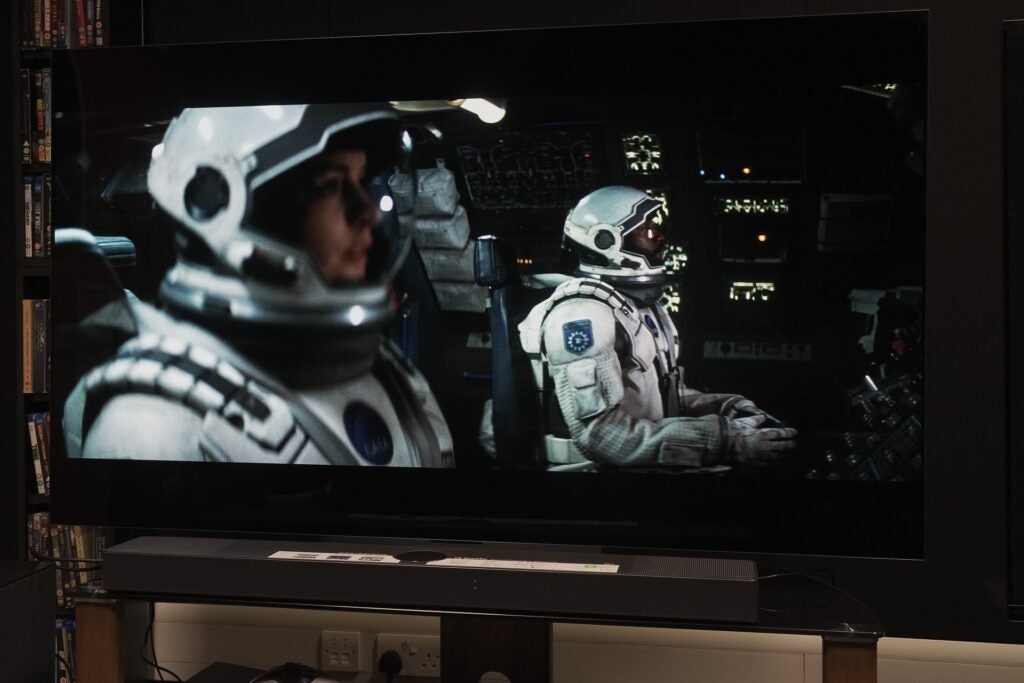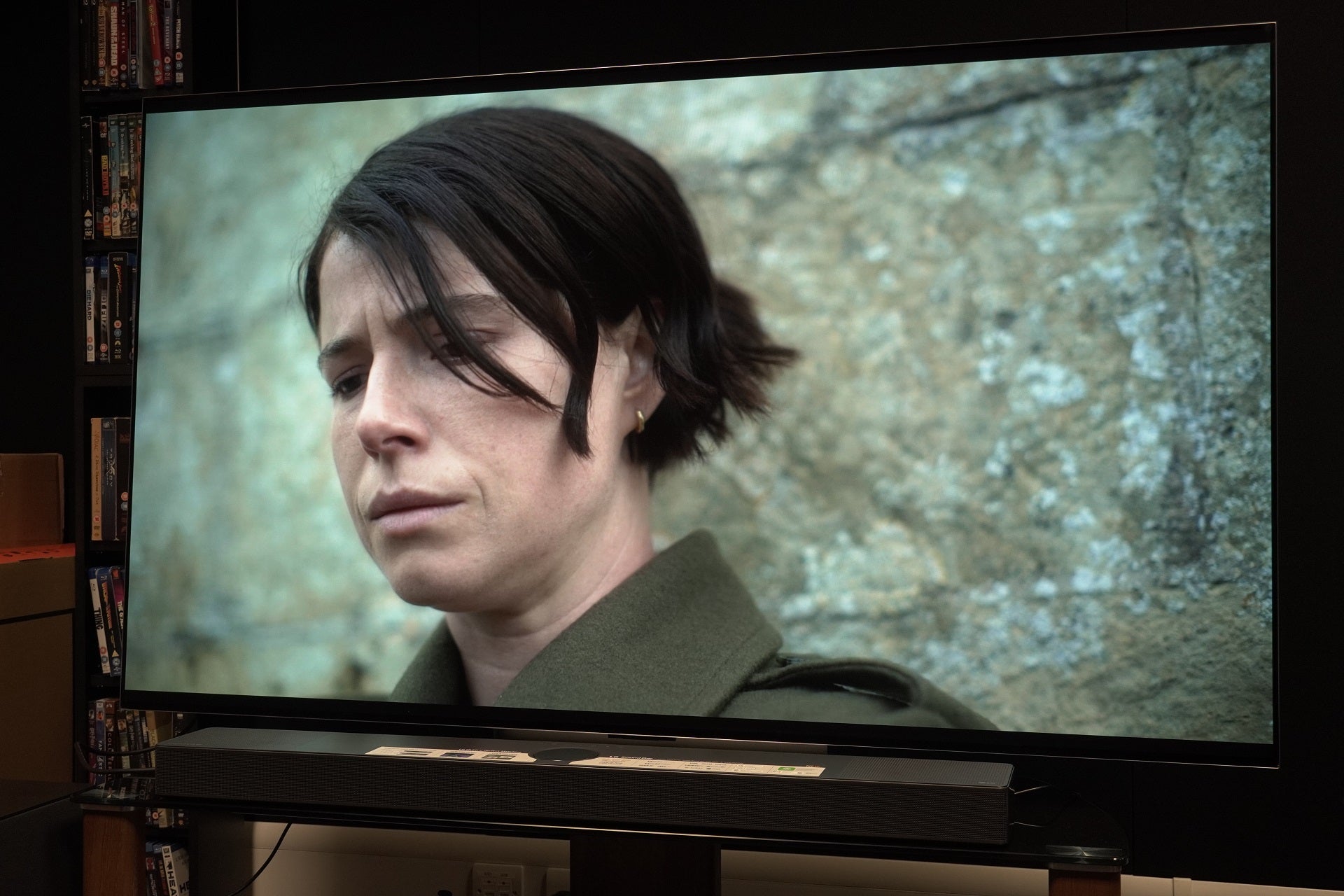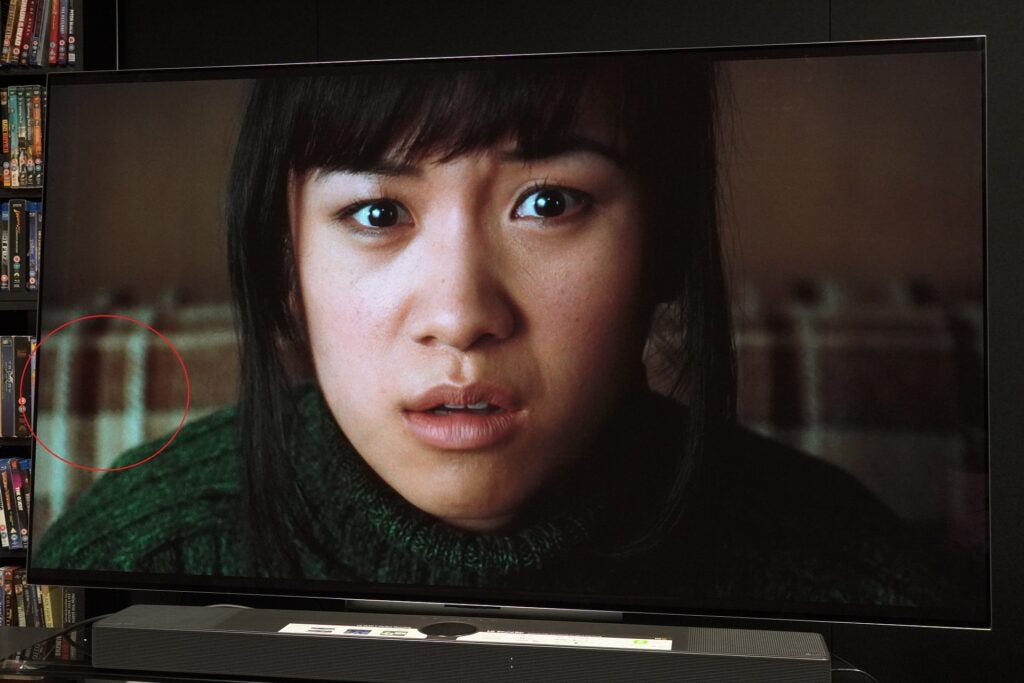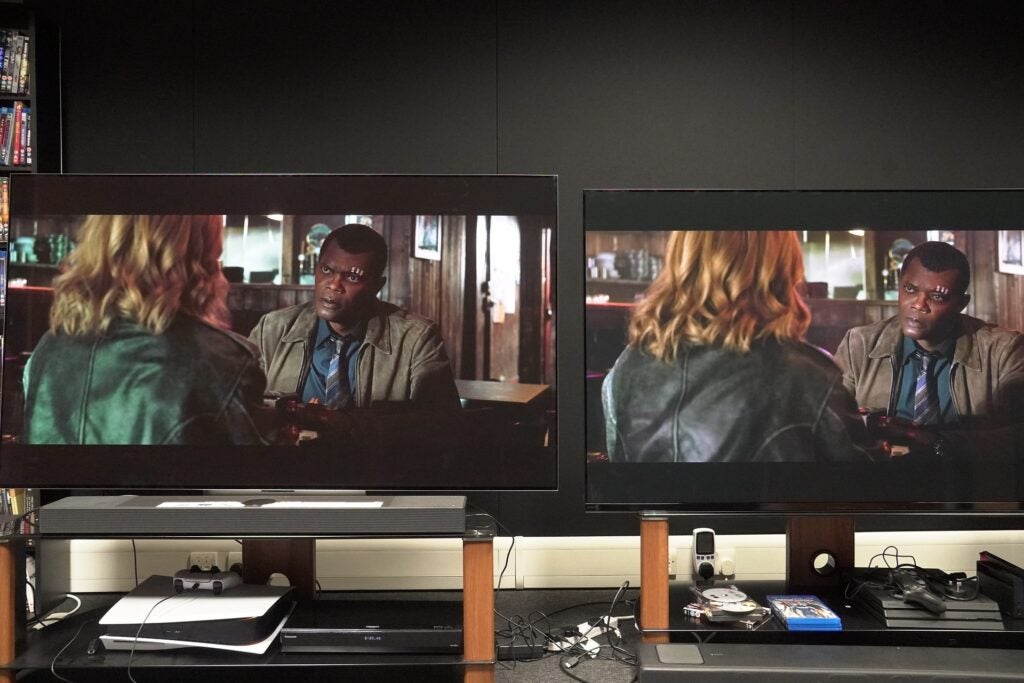OPINION: In the last few years, the trend in the premium sector of the TV market has been accuracy. Does this image accurately convey the intent of the creator?
But at the same time there’s also the TV manufacturers’ own belief in how images should look. Then there’s the consideration of the picture processing technology, and how much do the various panel technologies play a factor: OLED, Mini LED, QLED, QD-OLED, LCD etc. affect the performance? There are many ways to skin a cat, though the point of it all is to reach the same destination.
Whenever new TVs are in the offing, I head off to demonstrations held by the TV brands. It’s always the new TV versus a competitor’s from the previous year, showing all the improvements found. Often there’s a mastering monitor from Sony in-between them – 30-inches in size and $30,000 in cost – to reflect how close to the mastering monitor the TV’s picture is.
Back in February I was invited to see what Samsung had to offer with its 2023 TVs, and I’ve mentioned this in a previous Sound & Vision column, but I’ll bring it up again here. HDR mastering expert Florian Friedrich was presenting a tech comparison between the new QD-OLED and the LG G2 and he noted a tint of green to a lampshade where it shouldn’t be.
It was odd because the light was yellow, but whatever was happening with the TV’s WRGB panel or the TV’s processing, it was coming out as slightly green. I said to another person that perhaps it’s to do with the HDR10 tone mapping and that surely, it’ll be different with Dolby Vision content. That turned out to be an incorrect assumption, but more on that later.
Having received the C3 for testing, I went about my usual thing, looking at a few patterns from the Spears & Munsil benchmark disc, measuring peak brightness and so on. But the bulk of testing is always watching real-world content – test patterns are helpful, but when you unpack a TV at home, you’re not watching a colour wheel spin round for eternity. You’re going to be watching the stuff you like.
And so, with the C3 I put on Interstellar (4K Blu-ray) and that’s where I first noticed that things were off. There was more green in this film than I remember. When the ship lands on the water planet, there’s a green tone to their spacesuits and even the water seemed green. Furthermore, this was in Filmmaker mode, which is meant to be the most accurate picture preset.

I made a note of it as up until then I hadn’t really noticed it, and wondered whether it could be a HDMI issue or colour problem between it and the Panasonic UB820, though connecting it to a Sony A95K, the green tint didn’t show up…
Then the OLED65G3 came in for testing. This TV is a beast. It is comfortably one of the brightest OLEDs on the market (1400 nits!) and the Vivid mode is so bright I could scarcely believe the numbers it was throwing up. All the complaints competitors had about OLED not being bright enough – the G3 rolls its eyes and waves them away.
But more than on the C3, I started noticing green tints everywhere. Comparing the G3 side-by-side with the A95K (yes, Sony, I know I’m taking a very long time, apologies) and the LG G3 produces weird green tones in unexpected places, and not even Dolby Vision can correct them.


The pastoral countryside setting of The Dig (Dolby Vision) takes on a green hue; while streaming Men on Prime Video in Filmmaker mode (and to be fair, it’s a very green film anyway) some odd green tones were popping up all over the place.

The white stripes on the couch behind Knives Chau at the beginning of Scott Pilgrim vs the World (Dolby Vision) looked green; skin tones and shadows in Captain Marvel (Dolby Vision) looked slightly green, the light shining on the jacket Carol Danvers wears had a green tint to it. It’s like I’m in The Matrix.

And speaking of The Matrix, spinning up a 4K disc of The Matrix Resurrections, and switching to the HDR10 layer brought this up.


I know the sun can produce a spectrum of colours, but I’d say that’s a little too green. It’s almost exactly what Florian Friedrich spotted at the Samsung seminar.
He had put it down to the white portion of the WRGB panels introducing tones that ought not to be there. In all the OLED TVs I’ve seen, I’ve never noticed the issue, but now, at least with the G3, I can’t stop seeing it. It’s been a while since my last eye test but when I look at the Sony QD-OLED, I’m not seeing those green tones.
Both the C3 and G3 impress, but something is awry with that green tint. I would have put this down to, perhaps an HDMI issue, but it’s appearing in streaming content too, putting a dent in those ambitions of picture accuracy. It would seem that it’s not easy being green as far as LG is concerned.




